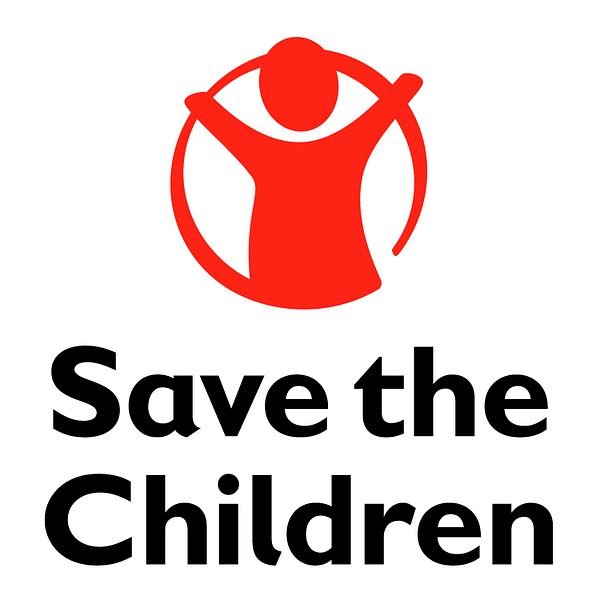Blog post -
“I’m happy that my parents brought my siblings and me here before the storm."
By Norman Gagarin
Water, sanitation and hygiene program officer, Save the Children in the Philippines
While the residents of Mindanao were still fast asleep this morning, Typhoon Bopha approached the southeastern coastline of the Philippines, packing 210km/h of wind and heavy rain. The winds and rain were so strong that it was unlike anything I had ever seen before.
The good news is, there were no immediate reports of people being swept away in their sleep despite being a much stronger typhoon than Typhoon Washi last December. Over 1200 people were killed in that disaster, which struck in the wee hours of the morning as well, most of them children.
The fact that people were vigilant made all the difference. Yesterday, I watched as the people of Mindanao prepared for the arrival of Typhoon Bopha, or Pablo as it is known locally. Families stocked up on food, water and other essential supplies in stores while others packed up their most precious belongings and headed off to evacuation centres all over the island. This is stark contrast from the scene last year, where many failed to heed warnings from authorities to evacuate.
“I’m happy that my parents brought my siblings and me here before the storm,” a child at an evacuation centre in Cagayan de Oro told me. “We feel safe here from the storm.” Cagayan de Oro was one of the worst-hit cities in Mindanao after Typhoon Washi. Many children displayed signs of distress following that disaster and required psychosocial support from the government and aid agencies like Save the Children.
Indeed, it is a relief to see that both children and adults were more vigilant ahead of this typhoon, the worst storm to hit the Philippines this year. Mindanao does not experience typhoons often, and as a result, the residents here are less prepared than others.
Still, immediate relief like food, water, medicine and other household items will most likely be needed. Water, sanitation and hygiene or WASH is my area of expertise and we know that water supplies may be contaminated and with large swathes of Mindanao flooded and without electricity, assessing the extent of the damage and bringing water trucks to evacuation centres will be tricky for the authorities and aid agencies alike.
Save the Children has been working in the Philippines since 1981 and has decades of experience responding to emergencies in the Philippines. The aid agency mounted large-scale emergency responses to Typhoon Washi in 2011 and Typhoon Ketsana in 2009.The aid agency has a stockpile of pre-made aid packages that can be distributed within 48 hours to those who need it.
Topics
- Children, Child care
Categories
- cagayan de oro
- save the children in the philippines
- typhoon bopha
